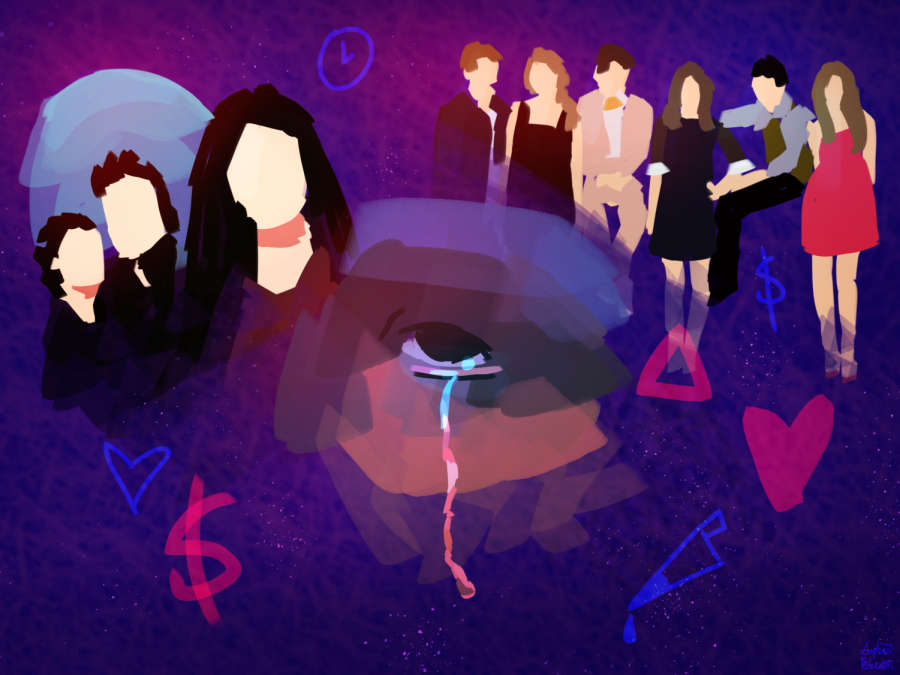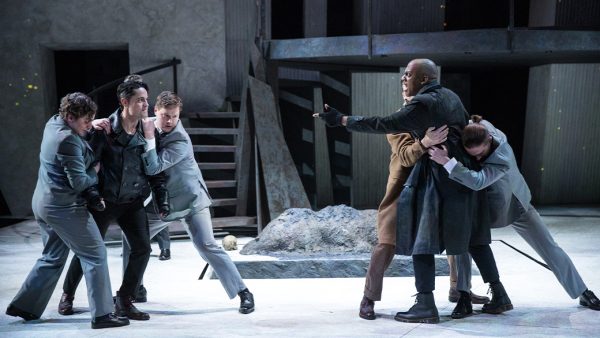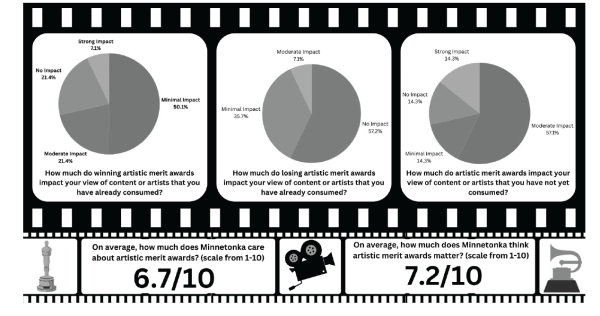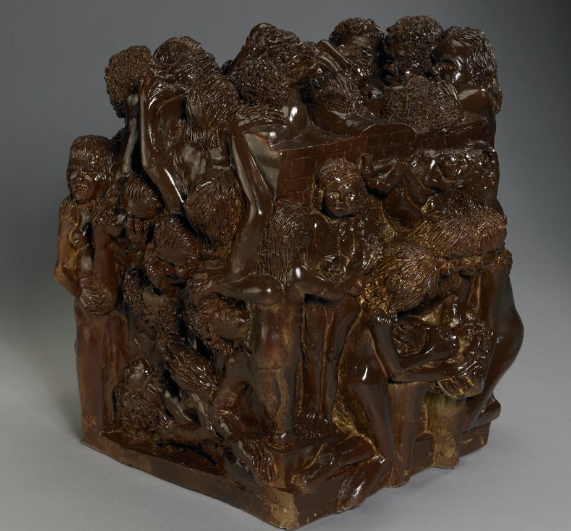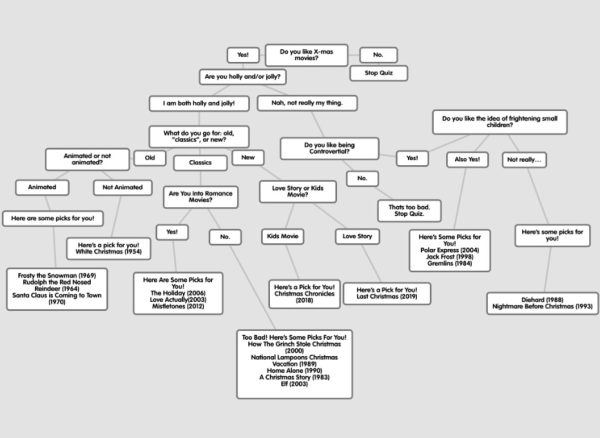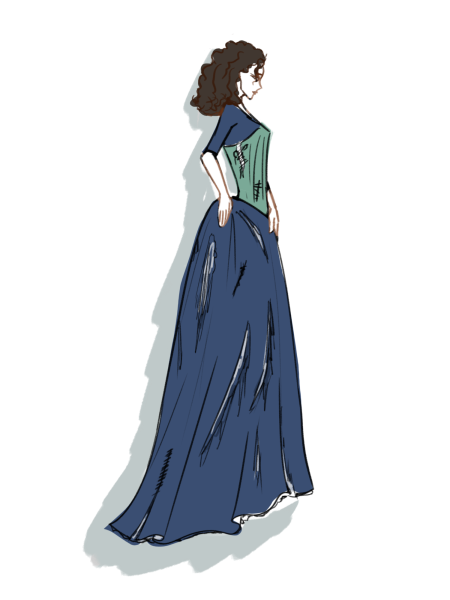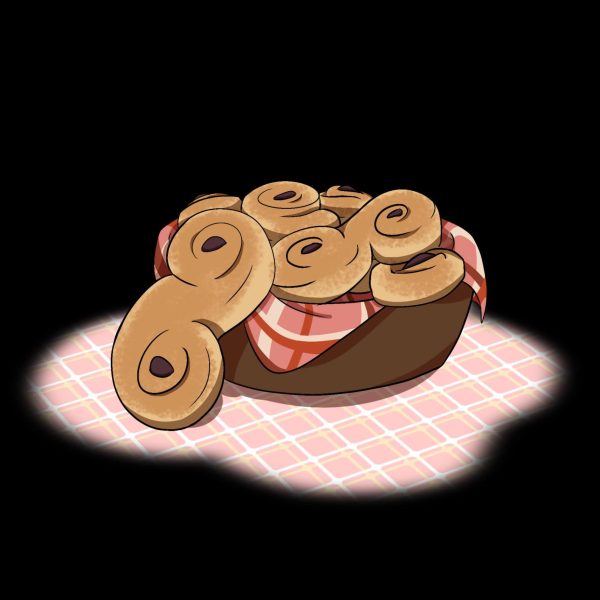Why Are Young Adult Shows So Unrealistic?
September 24, 2021
Many Young Adult (YA) shows are unrealistic and cliché. Despite different characters and settings, similar plot lines tend to repeat themselves.
For example, take Riverdale, Gossip Girl and The Vampire Diaries. At first glance, these shows do not seem very similar. What does a small town murder have to do with vampires? Why would a fan of The Vampire Diaries want to watch Gossip Girl?
Consider this plotline. High school characters are played by actors in their 20s. The characters love drinking, dating and drama. The bad boy falls for the good girl, love triangles ensue, and the mean girl becomes one of the best characters by the end of the show. One girl is well-loved by everyone, while her friend is not. At least one murder happens. The show is based on a book. Now, which TV show am I describing?
There is no one answer, because many YA shows fit the above criteria. Writers love a good, overused trope, but real life is less dramatic and exaggerated.
“It’s very easy to understand how the jetset teens of the CW’s Gossip Girl are alluring to teenagers who want to be just as cool as they think everyone else is when the characters are played by older actors and seem to be dripping in all things decadent,” said Culture Affinity Magazine. “Even if they do seem to struggle with applying for college […], there is something different about seeing Blake Lively and Leighton Meester transform into the Hermès-attired Serena and Blair who strut around the Upper East Side, when their lives are compared to the common humdrum of most teen lives.”
YA shows aim for viewers in the age range of 12-18, although some parents may find the content inappropriate for younger viewers. The characters act more like college students than high school students.
Despite the obvious clichés in YA shows, the genre is still popular with its audience. These shows are unrealistic, but viewers struggle to recognize the difference between reality and fantasy.
“Many of the actors portrayed in these ‘high school’ TV shows are actually adults,” said Aisha Abdulwali, ‘23. “Having adults who clearly do not look like teens portraying teens in shows allows for actual teenagers to develop insecurities about their appearance, as well as [make] the show seem less authentic.”
With supposed teenagers looking like models, it is not surprising that the shows add to unrealistic beauty standards. In reality, trained professionals with years of experience are hired to make actors look amazing. High school students do not have access to the same resources that actors do, yet many students compare themselves to the characters they see onscreen. This can lead to body dysmorphia and eating disorders.
Another problem is that YA shows encourage teenagers to behave like the characters in the shows, like drinking and doing drugs.
“Many of these shows don’t accurately portray how teens act,” said Abdulwali. “They take many pop culture terms and references that mainly teens use and completely misuse them to the point where it can make the teen audience ‘cringe’. In other words, they try so hard to be relatable that they end up doing exactly the opposite.”
Between homework, extracurriculars and family obligations, high school students are usually too busy to chase murderers and monsters in their free time. The YA genre is unrealistic, cliché, and not representative of the average teenager. Next time MHS students find themselves being chased by vampires or debating who to bring to their movie premiere as their plus one, they should ask themselves this: should over-exaggerated high school characters really be one’s source of inspiration?
























